Moaz Mohamed
In his last months on the run, Daesh group leader Abu Bakr al-Baghdadi was agitated, fearful of traitors, sometimes disguised as a shepherd, sometimes hiding underground, always dependent on a shrinking circle of confidants.
An AP report said terrorist leader Baghdadi was obsessed with his security and well-being and trying to find safety in towns and deserts in eastern Syria near the Iraqi border as the extremists’ domains crumbled.
For months, he kept a Yazidi teen as a slave, and she told The Associated Press how he brought her along as he moved, traveling with a core group of up to seven close associates.
Months ago, he delegated most of his powers to a senior deputy who is likely the man announced by the group as his successor.
The Yazidi girl, who was freed in a U.S.-led raid in May, said al-Baghdadi first tried to flee to Idlib in late 2017.
She said one night she was loaded into a three-vehicle convoy that included Baghdadi, his wife and his security entourage, headed for the province. The convoy reached a main road but then turned around, apparently fearing it would come under attack, said the girl, who was 17 at the time.
For about a week they stayed in the southeastern Syrian town of Hajin, near the Iraqi border. Then they moved north to Dashisha, another border town in Syria within Daesh-held territory.
There, the Yazidi teen stayed for four months at the home of al-Baghdadi’s father-in-law, a close aide named Abu Abdullah al-Zubaie. Al-Baghdadi would visit her there frequently and rape her and at times beat her, the teen said. He would only move at night, wearing sneakers and covering his face, always with around five security men who addressed him as “hajji” or “sheikh.”
In the spring of 2018, she was given to another man, who took her out of Dashisha. That was the last time she saw al-Baghdadi, though he sent her a piece of jewelry as a gift, the teen said.
It appears al-Baghdadi then moved from place to place in eastern Syria for the next year as one Daesh stronghold after another fell to U.S.-backed Kurdish-led forces, before heading to Idlib sometime in the spring.
During that time, al-Baghdadi was a “nervous wreck,” pacing up and down and complaining of treason and infiltrations among his “walis,” or governors of the group’s self-declared provinces, his brother-in-law, Mohamad Ali Sajit, said in an interview with Al-Arabiya TV aired last week.
“This is all treason,” Sajit recalled al-Baghdadi shouting.
U.S. officials said they did not know when al-Baghdadi arrived in Idlib but said he chose the location because it was the last territory outside of Syrian government control. U.S-allied Syrian Kurdish officials said they pinned down his movements in May but suspected he left to there after the fall of the last Daesh territory in late March.
There, he hid in a compound in the village of Barisha, about 5 kilometers from the border with Turkey. Administered by Hayat Tahrir al-Sham (HTS), a militant group affiliated with al-Qaida and a rival to Daesh.
Daesh has announced the selection of Abu Ibrahim al-Hashimi al-Qurashi as its new leader in late October in an audio message issued by its Amaq news agency and read by the group’s new spokesman. The announcement also confirmed the deaths of Daesh’s self-declared caliph, Baghdadi, and his spokesman, Abu Hassan al-Muhajir.

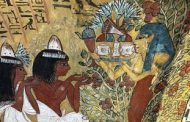
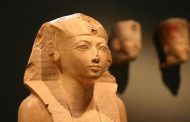
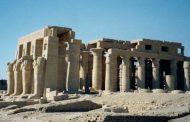
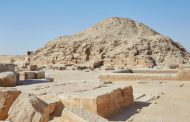
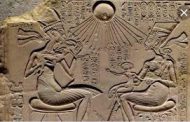
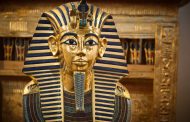
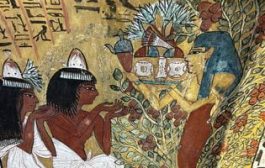
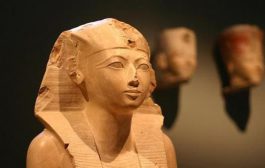
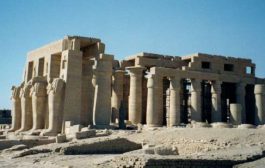
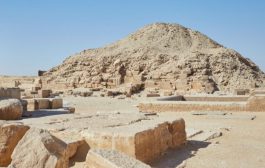
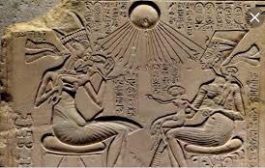












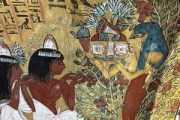
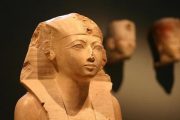
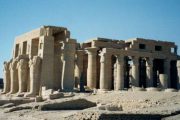
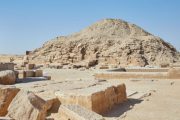
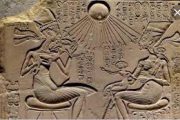

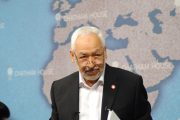



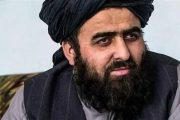




admin in: How the Muslim Brotherhood betrayed Saudi Arabia?
Great article with insight ...
https://www.viagrapascherfr.com/achat-sildenafil-pfizer-tarif/ in: Cross-region cooperation between anti-terrorism agencies needed
Hello there, just became aware of your blog through Google, and found ...